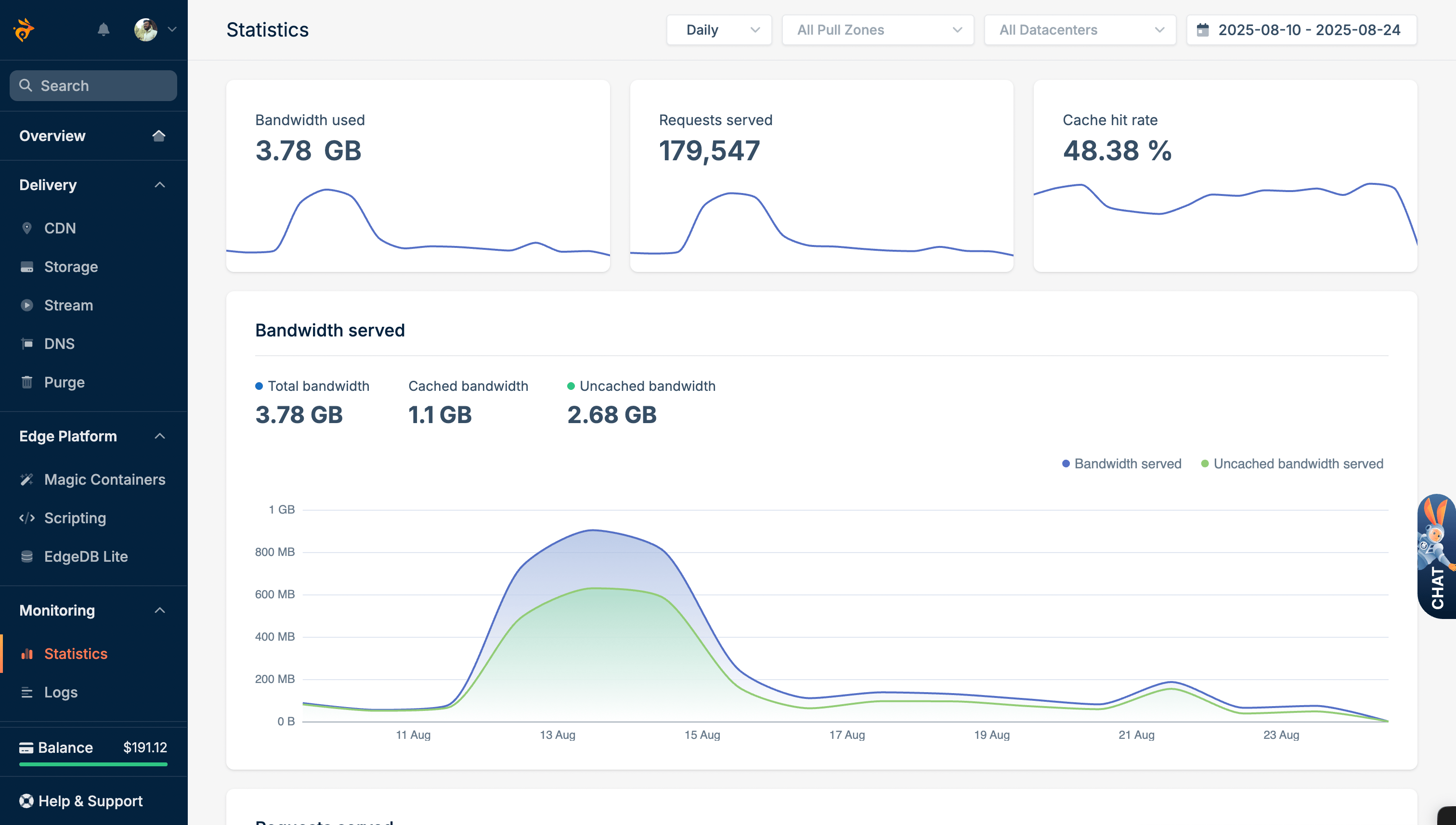Troubleshooting & Guides
Can Using Image CDNs Hurt SEO? Complete Guide to CDN SEO Impact
Updated on August 30, 2025
No, Image CDNs don't hurt SEO - they actually boost your search rankings! CDNs improve Core Web Vitals scores, reduce page loading times, and help Google index your images faster. Learn about the speed benefits CDNs provide.
When properly configured, they're an SEO win.
SEO Benefits
How Image CDNs improve Core Web Vitals, page speed, and search rankings.
Common Concerns
Addressing fears about external domains, duplicate content, and indexing.
Best Practices
How to implement CDNs without hurting SEO performance.
Avoid Mistakes
SEO mistakes to avoid when using Image CDNs.
Want SEO-Friendly CDN Setup?
BunnyCDN provides fast global image delivery that improves Core Web Vitals scores. Proper setup actually helps your SEO rankings by making pages load faster.
Try BunnyCDN with $5 Free Credit →
To claim, use "TheWPX" coupon on the billing page.
How Image CDNs Help SEO
1. Core Web Vitals Improvements
Image CDNs directly improve Google's ranking factors:
- Largest Contentful Paint (LCP): Images load 40-60% faster
- Cumulative Layout Shift (CLS): Better image size optimization prevents layout jumps
- First Input Delay (FID): Faster image loading frees up main thread
Google considers these metrics when ranking pages, making CDNs an SEO advantage.
2. Page Speed Benefits
- Faster loading: Smaller WebP/AVIF files load quicker than JPEG
- Global delivery: CDN edge servers reduce latency worldwide
- Better user experience: Fast pages keep visitors engaged longer
Google has confirmed page speed as a ranking factor since 2010, and mobile page speed became a ranking signal in 2018.
SEO Benefits
Direct Ranking Improvements
- Page speed boost: 40-60% faster image loading (speed benefits)
- Mobile performance: Better mobile Core Web Vitals scores
- User engagement: Lower bounce rates from faster pages
- Crawl efficiency: Google can crawl more pages with saved bandwidth
Technical SEO Advantages
- Reduced server load: Offloaded image delivery improves main server response times
- Better uptime: CDN redundancy prevents image loading failures
- Global reach: Consistent fast loading worldwide improves international SEO
Common SEO Concerns
"External Domains Hurt SEO"
Myth: Using cdn.example.com instead of example.com hurts SEO.
Reality: Google doesn't penalize external domains for assets. Major sites like Amazon, Netflix, and YouTube use CDNs without SEO issues.
"Duplicate Content Problems"
Myth: Same images on multiple domains create duplicate content.
Reality: Google understands CDN usage. Images aren't treated as duplicate content when served from CDNs.
"Google Won't Index CDN Images"
Myth: Search engines can't index images from CDNs.
Reality: Google indexes CDN images normally. Use proper alt text and structured data as usual.
SEO Best Practices
Proper CDN Implementation
- Use subdomain approach: cdn.yoursite.com is better than external domains
- Maintain alt text: Keep all image SEO attributes when switching to CDN
- Update sitemaps: Include CDN URLs in XML image sitemaps
- Test thoroughly: Ensure images load properly across all pages
Image SEO Essentials
<!-- Good: All SEO elements preserved -->
<img
src="https://cdn.yoursite.com/product.webp"
alt="Red running shoes for women"
width="800"
height="600"
loading="lazy"
/>
Structured Data
Keep image structured data when using CDNs:
{
"@type": "Product",
"image": "https://cdn.yoursite.com/product.webp",
"name": "Product Name"
}
Common Mistakes
Forgetting Image Attributes
Don't lose SEO value when migrating to CDN:
- ❌ Remove alt text during migration
- ❌ Skip width/height attributes
- ❌ Forget loading="lazy" for better LCP
- ✅ Keep all original image SEO attributes
Wrong URL Structure
- ❌ Using random external CDN domains
- ❌ Breaking existing image URLs without redirects
- ✅ Using your own subdomain (cdn.yoursite.com)
- ✅ Setting up proper 301 redirects during migration
Getting Started
- Choose reputable CDN with good uptime and global presence
- Use subdomain setup (cdn.yoursite.com) for better brand consistency
- Migrate gradually - test a few pages first
- Monitor Core Web Vitals in Google Search Console
- Check rankings - you should see improvements within 2-4 weeks
Result: Better SEO rankings from improved page speed and Core Web Vitals scores.
Image CDNs are SEO-friendly when implemented correctly. They help your search rankings by making pages load faster and improving user experience - exactly what Google wants to see. Need help getting started? Check our quick setup guide.
